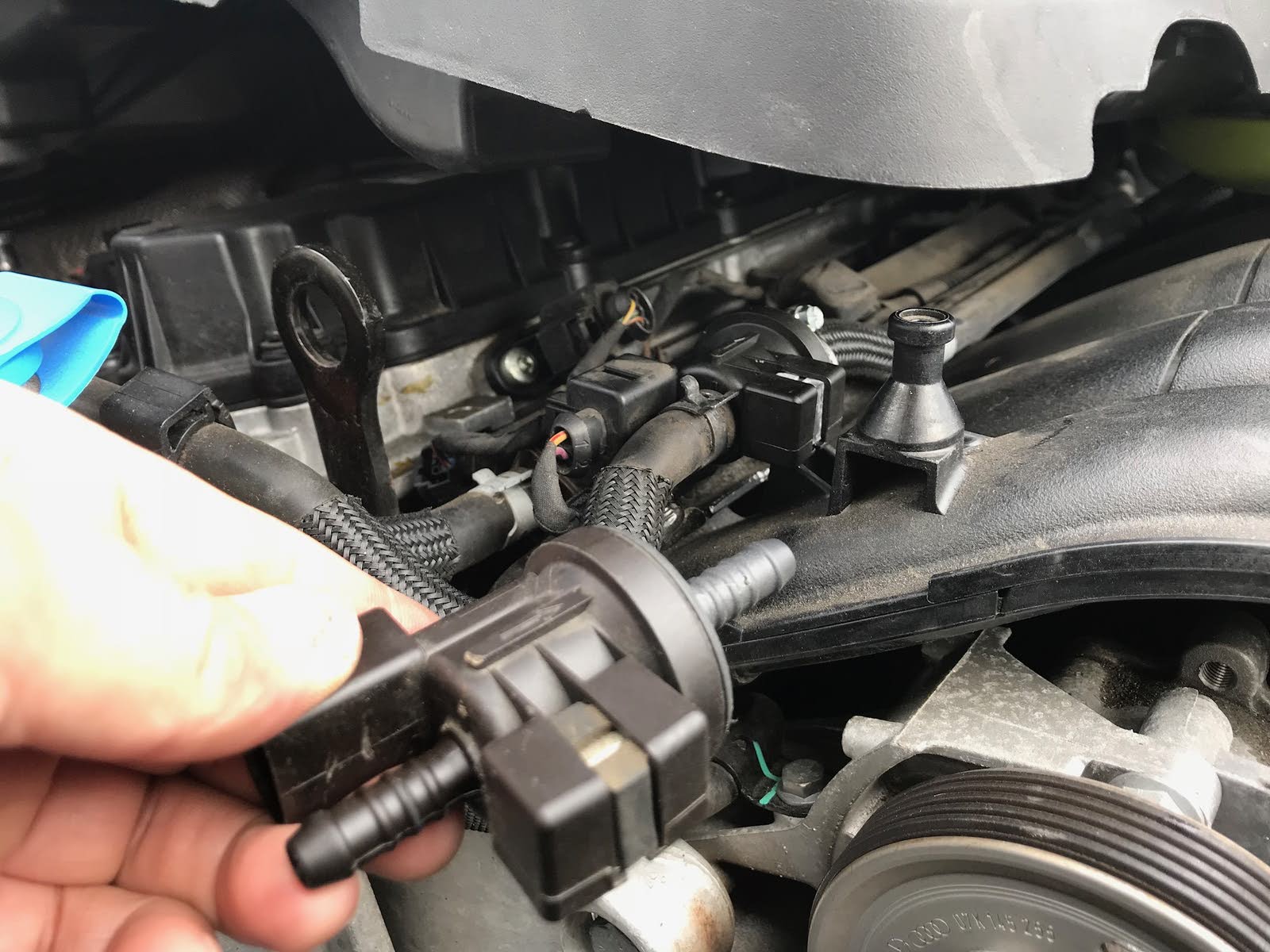Unlock peak engine performance with the Quadrajet idle mixture screw setting, a dynamic duo tuning technique.
Navigate the intricacies of your engine’s idle fuel mixture and speed with precision – left for mixture, right for speed – all to achieve that elusive maximum vacuum reading.
Elevate your engine’s prowess with this tuning prowess, a key to unlocking performance excellence.
Ready for a ride through the intricacies of tuning your Quadrajet carburetor?
Delve into our straightforward guide on the complete idle mixture screw setting.
Stay tuned for insights that go beyond the ordinary – because your engine deserves nothing less!
What is the purpose of the Idle Mixture Screw?
It’s a crucial part of your engine’s carburetor, managing the balance between air and fuel during idle moments.
Tweaking this screw isn’t just a routine; it’s a key player in fine-tuning your idle speed, ensuring a smooth engine run, and averting those high RPM surprises during startup.
Dive into the Quadrajet air/fuel mixture adjustment for an extra boost—aiming not just for any idle vacuum but the highest possible.
It’s not just about the screw; it’s about crafting a symphony for your engine’s optimal performance.
What is the idle adjustment screw?
The idle adjustment screw, often found on carburetors or throttle bodies, is a component that allows you to regulate the engine’s idle speed. It controls the amount of air flowing into the engine when the throttle is closed, affecting the idle RPM (revolutions per minute).
By turning the idle adjustment screw, you can either increase or decrease the amount of air entering the engine during idle. This adjustment is crucial for maintaining a smooth and stable idle, preventing stalling or rough idling. Proper tuning of the idle adjustment screw is part of the overall engine tuning process to ensure optimal performance, fuel efficiency, and emissions. The specific location and appearance of the idle adjustment screw may vary depending on the type of carburetor or throttle body used in the engine.
What is fast idle speed?
Fast idle speed refers to an elevated engine idle speed that occurs when the engine is cold. This higher idle speed is designed to assist with smoother cold starts and to facilitate the warm-up process. During cold conditions, engines may struggle to operate efficiently at lower idle speeds, leading to issues such as stalling or rough idling.
To address this, a fast idle mechanism is employed. When the engine is cold, the fast idle speed engages automatically, maintaining a higher RPM (revolutions per minute) until the engine reaches an optimal operating temperature. As the engine warms up, the fast idle speed gradually decreases, transitioning to the standard idle speed.
Fast idle speed is typically controlled by a component known as the fast idle cam or through electronic systems in modern fuel-injected engines. The adjustment of the fast idle speed may also be part of the overall carburetor or throttle body tuning process.
What is the significance of the Quadrajet Idle Mixture Screw Setting? – An Ultimate Guide
Begin by inspecting the choke, then rotate the screws both clockwise and counterclockwise, typically around 3 to 3.5 turns. Conclude the process by fine-tuning the fast idle screw. Rest assured, adjusting the Quadrajet idle mixture screw setting is a straightforward task that won’t demand much of your time.
-
Quadrajet Carburetor Tuning Made Simple
Getting your Quadrajet carburetor just right starts with an easy step – tuning the choke. The choke isn’t just for cold starts; it also decides when the powerful 4-barrel should kick in.
If you’ve never heard that cool 4-barrel sound, your choke might be keeping things closed. To fix this, unscrew three small straight-slotted screws on the plastic choke cover. Turn until the choke blade is slightly open, showing the Quadrajet is in a cold state.
Once your engine hits 160 degrees Fahrenheit, the choke blades should stand straight, and the secondary is good to go. If not, tweak the screws for a lean or rich adjustment until the blades stand tall.
Tune your Quadrajet the easy way – where simple adjustments meet top-notch performance.
Also Read: What Are The Causes & Symptoms Of P2647 Honda Pilot 2006?
-
Fine-Tuning with Idle Air or Fuel Mixture Screws
Delve into the art of tuning by adjusting the fuel mixture or idle air screws on both sides, guided by a vacuum gauge to achieve optimal performance.
Begin by locating the Quadrajet vacuum port, akin to a PCV manifold port, and connect it to the vacuum gauge. Once your vehicle is warmed up, use a screwdriver to tune the idle mixture screws. Start by turning them clockwise until reaching the lowest point, then unscrew each idle mixture screw 3.5 or 3 turns in the counterclockwise direction, ensuring uniform adjustments.
Stick to one screw at a time, and consider the initial step of twisting the screw inward (clockwise) 1/4 turn, repeating with an additional 1/4 turn if the vacuum reading rises. In case the vacuum decreases, turn it in the opposite direction (anticlockwise). Progress to the next idle screw only when you’ve optimized each one.
Once both screws peak with the maximum vacuum, proceed to the final step of Quadrajet carburetor adjustment for a finely tuned engine.
-
Final Touch with Fast-Idle Screw Adjustment
Concluding the Quadrajet adjustment screws journey, the fast idle screw takes center stage. Paired with a spring, it resides at the linkage connecting to the arm or throttle cable.
We suggest setting the idle between 750 and 950 RPM for optimal results. Adjusting the normal RPM is a breeze – turn the screw clockwise to increase or anticlockwise to decrease. Fine-tune your Quadrajet with this simple yet effective adjustment.
Effortless Quadrajet Carburetor Adjustment: A Simple Guide

Streamline the process with these straightforward steps:
1. Locate the Idle Adjustment Screws
Pinpoint the 2 idle adjustment screws on the front of the Rochester 2-barrel carburetor. With a screwdriver, gently close both screws by turning them clockwise without over-tightening.
2. Turn the Adjustment Screws Back
Utilize a screwdriver to turn the Quadrajet carburetor adjustment screws 1.5 turns anticlockwise, establishing the initial adjustment. Allow your engine to warm up for 5 minutes after starting it.
3. Loosen the Screws & Count the Turns
Remove the rubber hose from the carburetor’s base, revealing the vacuum port. Connect the vacuum gauge to the port. On the carburetor’s left side, turn the screw 1/4 turn from the front.
4. Adjust the Right Idle Speed Screw
Fine-tune the right idle speed screw by turning it 1/4 turn, alternating back and forth. Stop when the vacuum gauge reaches the highest RPM reading while the engine operates smoothly. Ensure both sides display the same RPM.
5. Set & Adjust the Screws in the Middle
A final 1/4 turn counter-clockwise on the idle screws ensures consistent RPM. Remove the vacuum gauge, reattach the rubber hose to close the vacuum port, and turn off the engine. Your Quadrajet carburetor is now finely tuned.
Should idle screws be lean or rich?
The ideal setting for idle screws is typically a balanced mixture, neither too lean nor too rich. Achieving the correct balance is crucial for optimal engine performance and fuel efficiency. A slightly lean mixture (more air, less fuel) can result in higher RPMs and a hotter engine, while a rich mixture (more fuel, less air) can lead to rough idling and poor fuel economy.
During the tuning process, it’s essential to find the right balance by adjusting the idle screws incrementally and monitoring factors like engine speed and vacuum readings. The goal is to attain a smooth and stable idle while maintaining fuel efficiency. If you’re unsure, referring to the manufacturer’s specifications or consulting a knowledgeable mechanic can be beneficial.
FAQs – Quadrajet Idle Mixture Screw Setting
How Can I Boost Car Speed Using the Idle Screw?
To increase your car’s speed, tighten the idle screw clockwise. If you notice poor or slow idle speed, turn the screw clockwise using a Phillips head screwdriver.
What Should I Do if the Idle Screw is at the Bottom with a Vertical Coil?
In this scenario, turn the idle screw counterclockwise to make necessary adjustments.
Can Adjusting the Idle Mixture Screw Improve Fuel Efficiency?
Yes, tuning the idle mixture screw can contribute to better fuel efficiency by optimizing the air-fuel mixture during idle.
How Often Should I Check and Adjust the Idle Mixture Screw?
It’s advisable to check and, if needed, adjust the idle mixture screw during regular maintenance intervals or when you notice changes in idle performance.
What if the Idle Mixture Screw Adjustment Doesn’t Improve Performance?
If adjustments to the idle mixture screw don’t yield desired results, it may be necessary to inspect other related components, such as the air filter or fuel injectors, for potential issues.
Can I Adjust the Idle Mixture Screw on Fuel-Injected Engines?
While some fuel-injected engines have idle mixture adjustments, many modern systems automatically control the air-fuel mixture. Refer to your vehicle’s manual or consult a professional for guidance on adjusting idle settings in fuel-injected engines.
Is There a Standard Idle Mixture Screw Setting for All Vehicles?
No, the ideal idle mixture screw setting can vary among different vehicles and engines. Refer to your vehicle’s manual or consult with a mechanic for specific recommendations tailored to your engine’s specifications.
Conclusion
Optimizing your Quadrajet idle mixture screw setting is crucial for enhancing engine performance and optimizing various components.
Our comprehensive guide breaks down the process into three simple steps, making it both efficient and accessible.
By investing a bit more time in fine-tuning the idle mixture screw, you unlock the potential for superior part-throttle performance in your vehicle.
Elevate your driving experience by implementing these adjustments, ensuring a smoother ride and maximizing the capabilities of your engine.
Take the reins of performance tuning with ease and precision, revolutionizing your driving experience.




